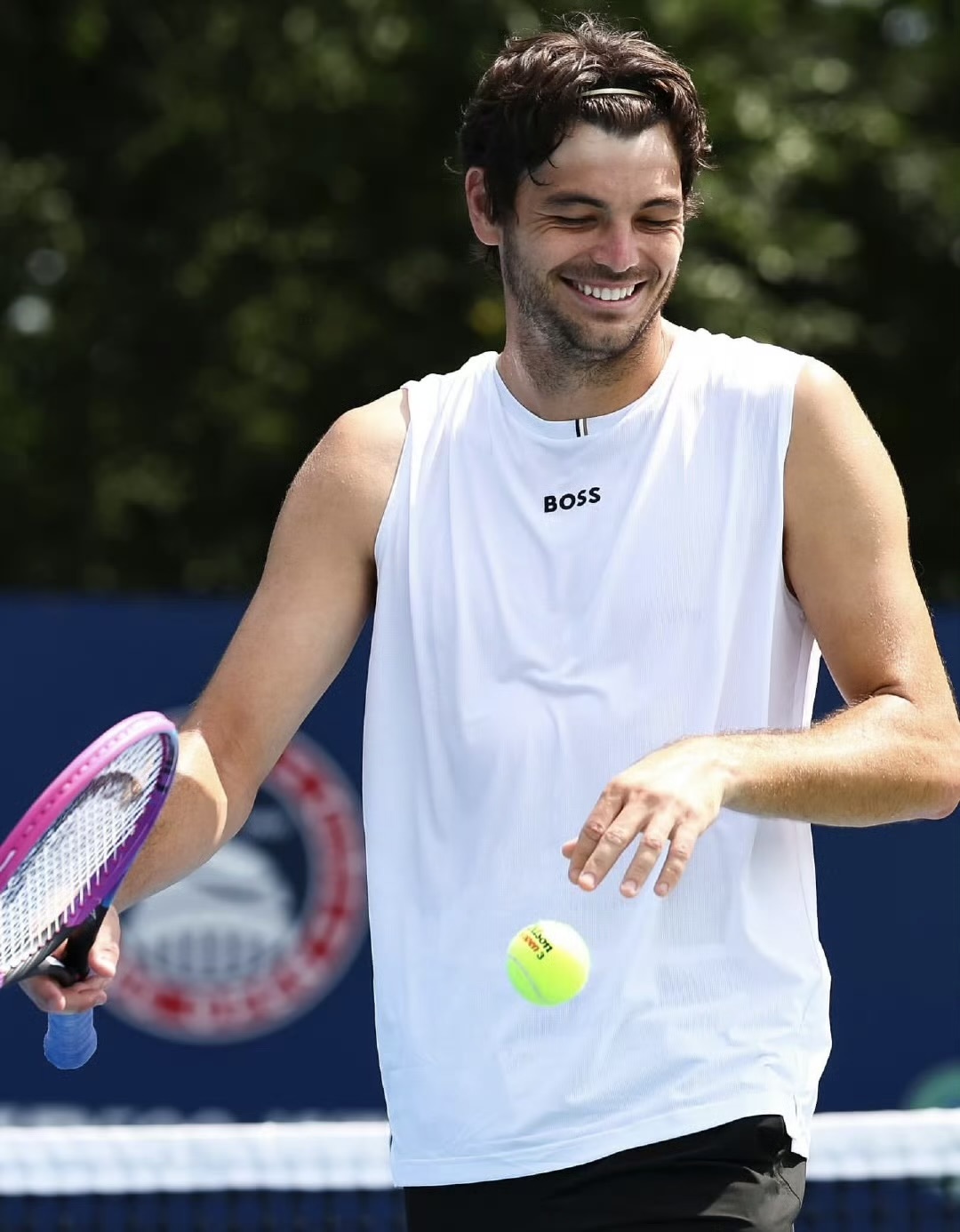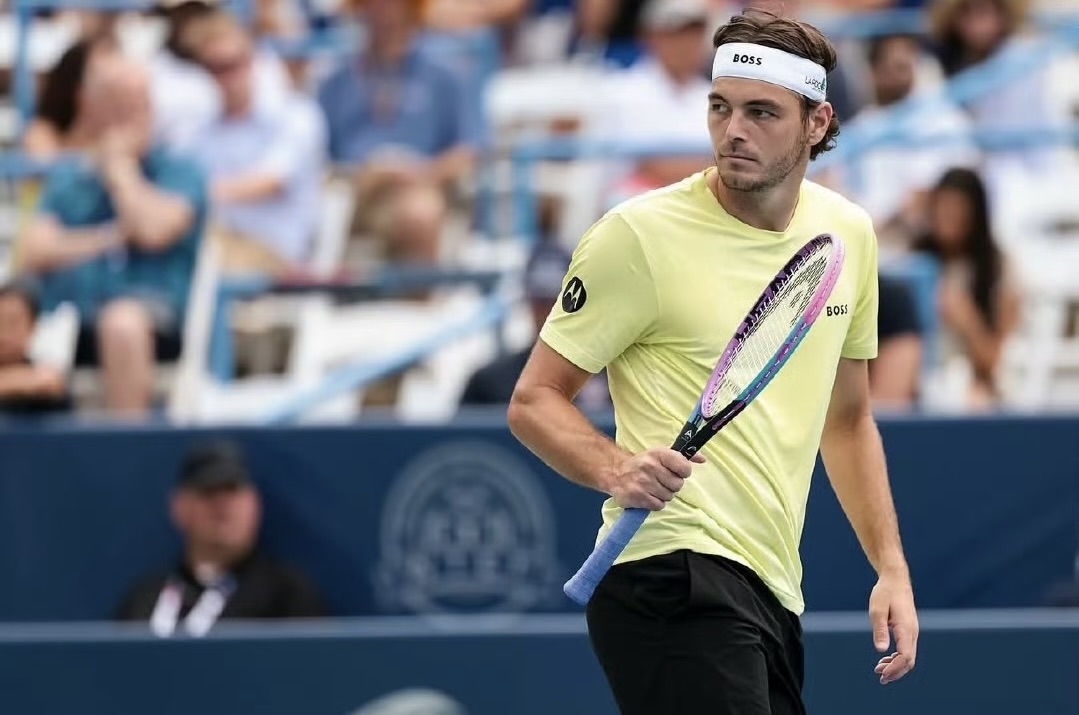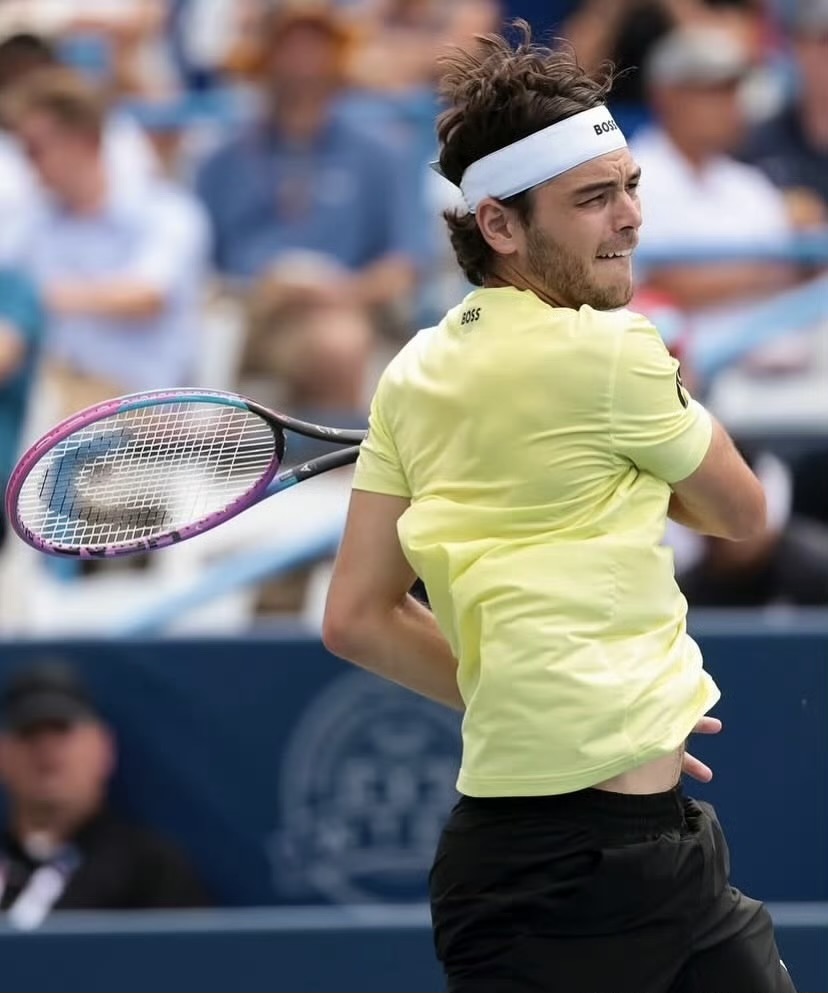Fritz calls for ATP 500 tournaments to implement exemptions: Should mandatory participation rules be adjusted?
Currently, American tennis star Taylor Fritz, who is competing in Washington and has reached the quarterfinals, has recently questioned the ATP's mandatory participation rules. He believes that ATP 500 events should have exemption clauses similar to those in Masters tournaments, allowing eligible players to adjust their schedules flexibly. This proposal has sparked a new round of discussions regarding the rationality of the professional tennis schedule.

According to current ATP regulations, top-ranked players must participate in at least four ATP 500 events each year, with one of them being after the US Open. Failure to meet this requirement may result in fines or even point deductions. Due to injuries earlier this year, Fritz missed two 500 events and was forced to participate in Washington, Tokyo, and Basel in quick succession to meet the criteria. He admitted, "Without the mandatory requirement, I might not have chosen to play in Washington."

This "catch-up" schedule puts players under dual pressure regarding their physical condition and performance. Fritz's situation is not unique; many top players have been forced to withdraw due to injuries or fatigue, ultimately finding themselves in a passive position of "playing to meet the requirements."

Currently, ATP 1000 Masters tournaments have exemption clauses: for example, players who are over 30 years old and have participated in more than 600 career matches, or those who have won Grand Slam/Masters titles, can apply to reduce the number of mandatory events. This policy aims to protect the sustainability of veteran and top players' careers.

Fritz believes that ATP 500 events also need a similar flexible mechanism: "If a player cannot meet the requirements due to injury or special circumstances, there should be a way to apply for an exemption." His suggestion directly addresses the core contradiction in professional tennis: how to ensure the competitiveness of events while avoiding excessive strain on athletes' bodies?

Currently, there are both support and controversy surrounding event exemptions.Supporters of exemptions argue that: Health comes first; mandatory participation may increase the risk of injuries for players and shorten their careers. Additionally, it canenhance the quality of events, as exemptions allow players to compete at their best rather than merely coping with the demands. However, opponents are concerned aboutissues of fairness: how will exemption criteria be established? Could it inadvertently become a privilege for superstars? Another layer of concern isthe attractiveness of events; ATP 500 tournaments rely on top players to draw crowds, and too many exemptions could impact ticket sales and broadcasting value.

In recent years, ATP has gradually optimized the schedule, such as eliminating penalties for year-end rankings and increasing medical exemptions for withdrawals. However, the exemption mechanism for ATP 500 events still needs to be refined in the following ways:
1. Clearly define exemption criteria: Consider objective indicators such as age, injury history, and historical participation levels.
2. Dynamic adjustments: Assess players' real-time physical conditions rather than applying a one-size-fits-all approach.
3. Balance interests: Negotiate with event organizers to ensure that players' rights and commercial needs are both addressed.

Fritz's call may just be the starting point for reform. In the increasingly packed schedule of professional tennis, finding a balance between mandatory participation and flexibility will be a long-term issue that ATP, players, and event organizers must face together.

When mandatory participation shifts from ensuring competitiveness to becoming a burden, the rules indeed need to evolve. Exemptions are not privileges but a respect for athletes' careers. After all, healthy players and exciting matches are the foundation for the long-term development of tennis.(Source: Tennis Home, Author: Mei )







 Links
Links
 Contact
Contact
 App
App


